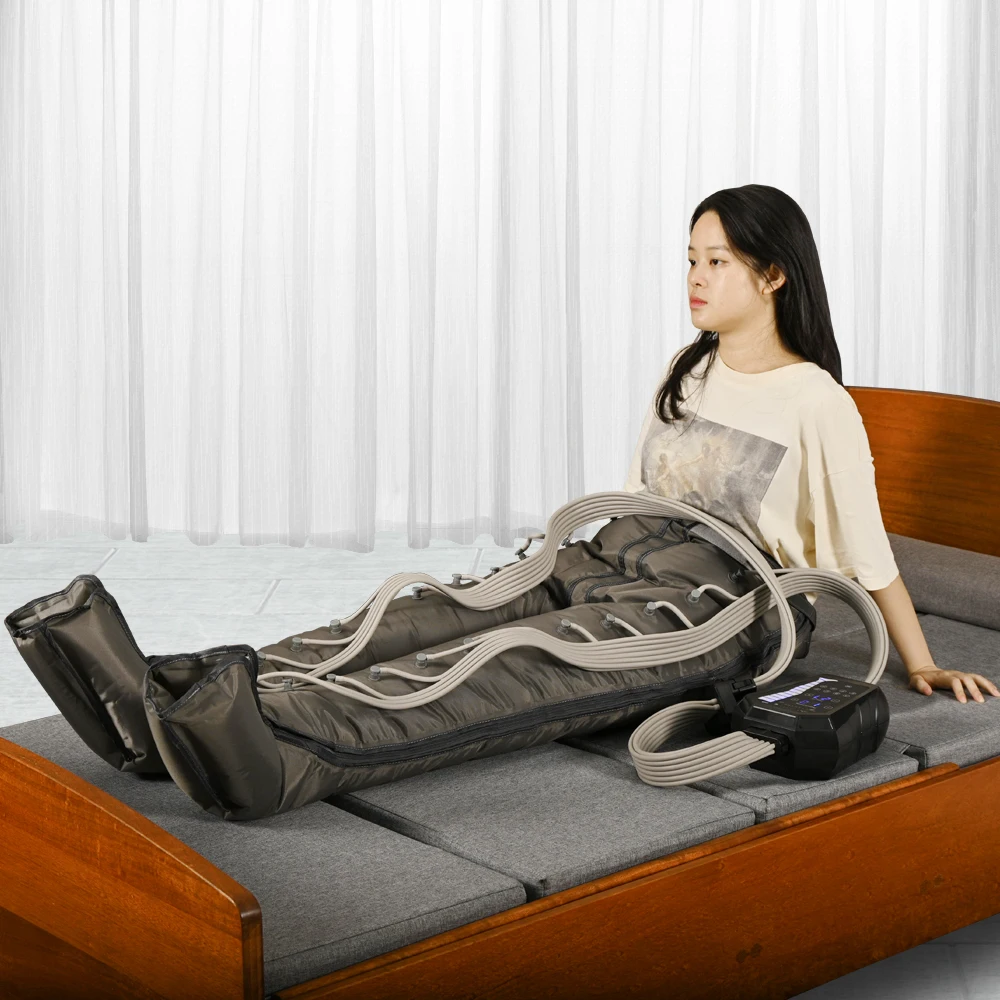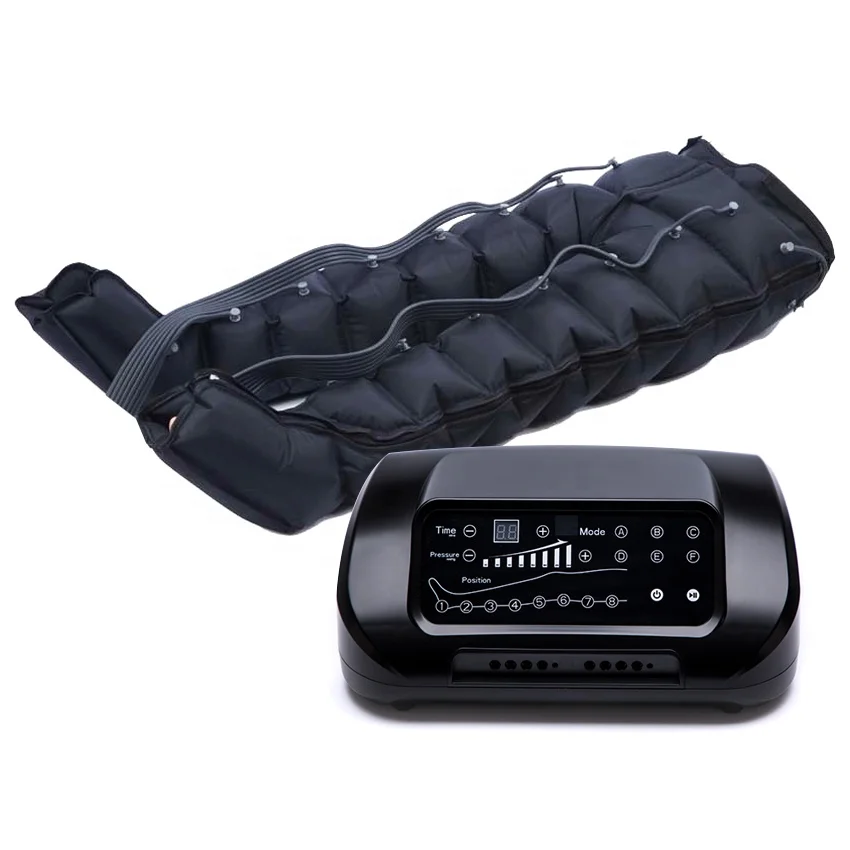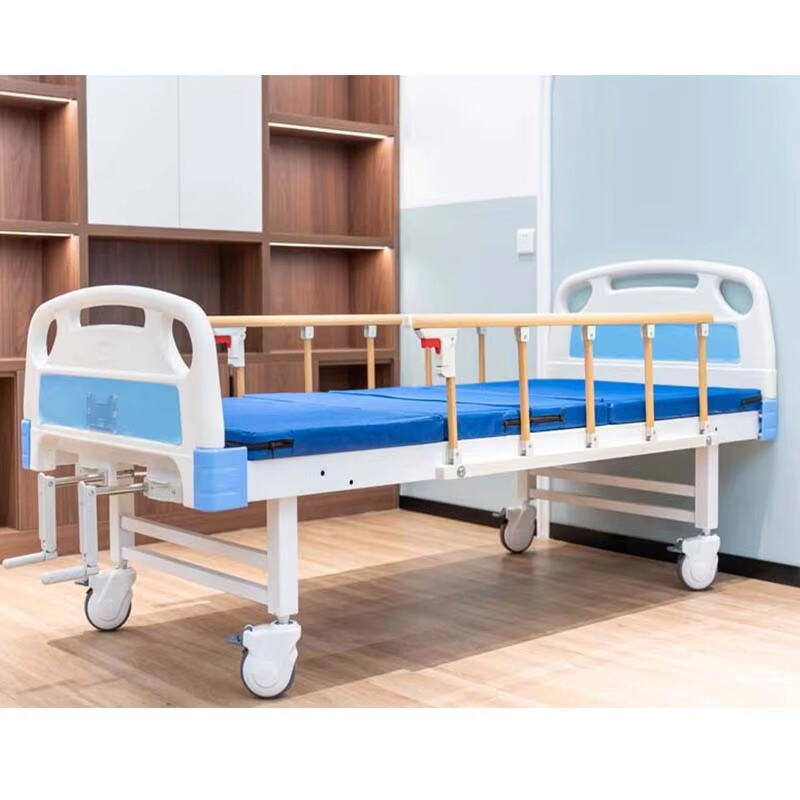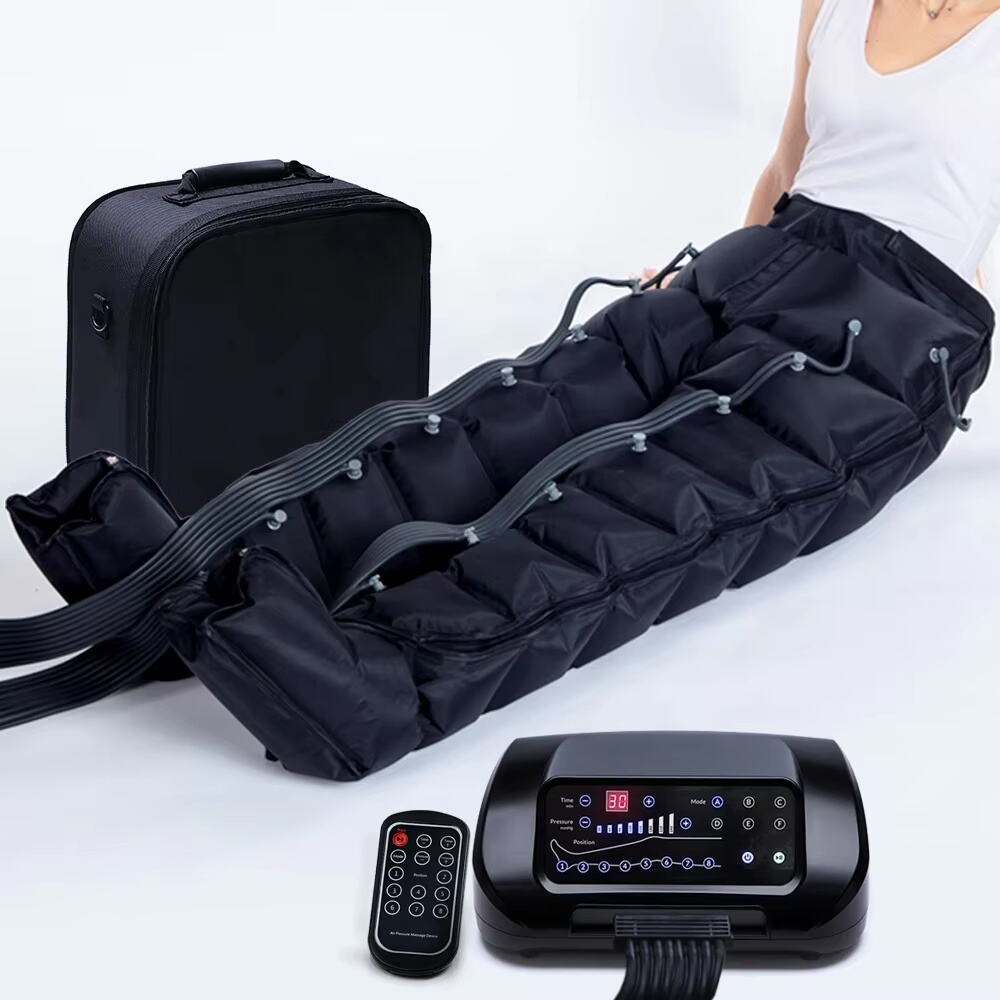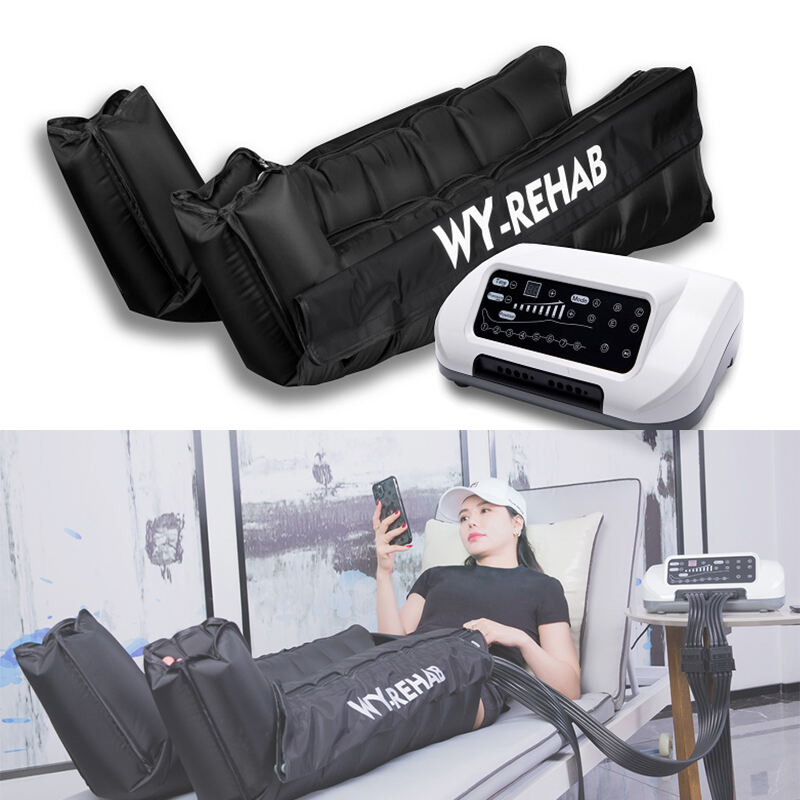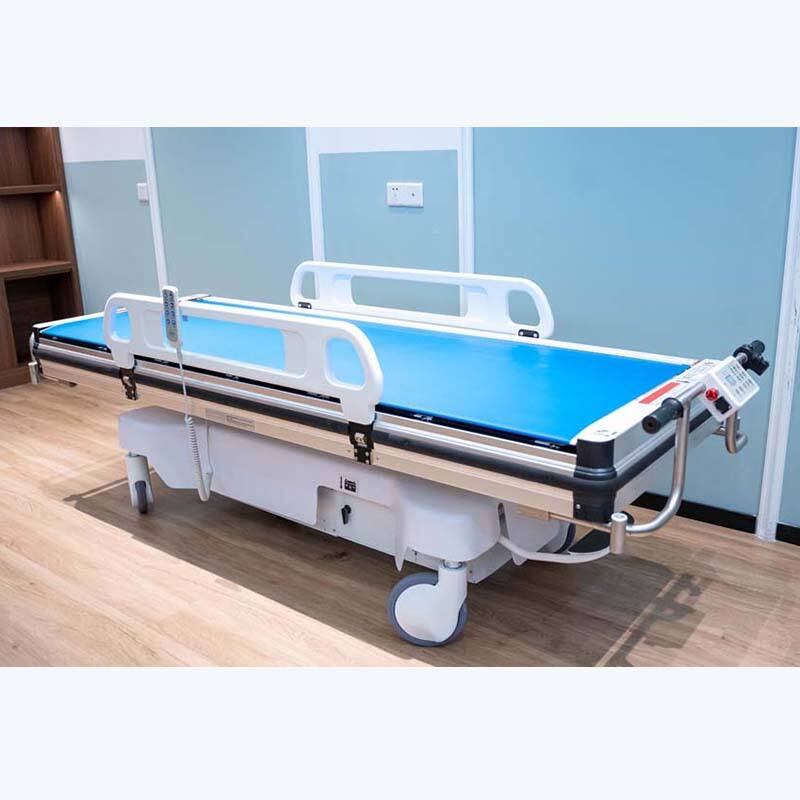frozen shoulder rehab
Frozen shoulder rehab represents a comprehensive therapeutic approach designed to address adhesive capsulitis, a condition characterized by stiffness and pain in the shoulder joint. This rehabilitation program combines various evidence-based techniques and progressive exercises to restore mobility and function to the affected shoulder. The process typically involves three distinct phases: the freezing phase, where pain management and gentle stretching are prioritized, the frozen phase, focusing on increasing range of motion through controlled mobilization techniques, and the thawing phase, which emphasizes strengthening and functional restoration. The program utilizes specialized equipment and therapeutic modalities, including ultrasound therapy, manual therapy techniques, and targeted exercise protocols. Practitioners employ precise measurements and assessment tools to track progress and adjust treatment strategies accordingly. This systematic approach ensures that patients receive appropriate interventions based on their specific stage of condition and individual needs. The rehabilitation protocol incorporates both passive and active exercises, gradually progressing from basic mobility work to more complex movement patterns that mirror daily activities. The program also includes education on proper posture, body mechanics, and home exercise routines to support long-term recovery and prevent recurrence.

